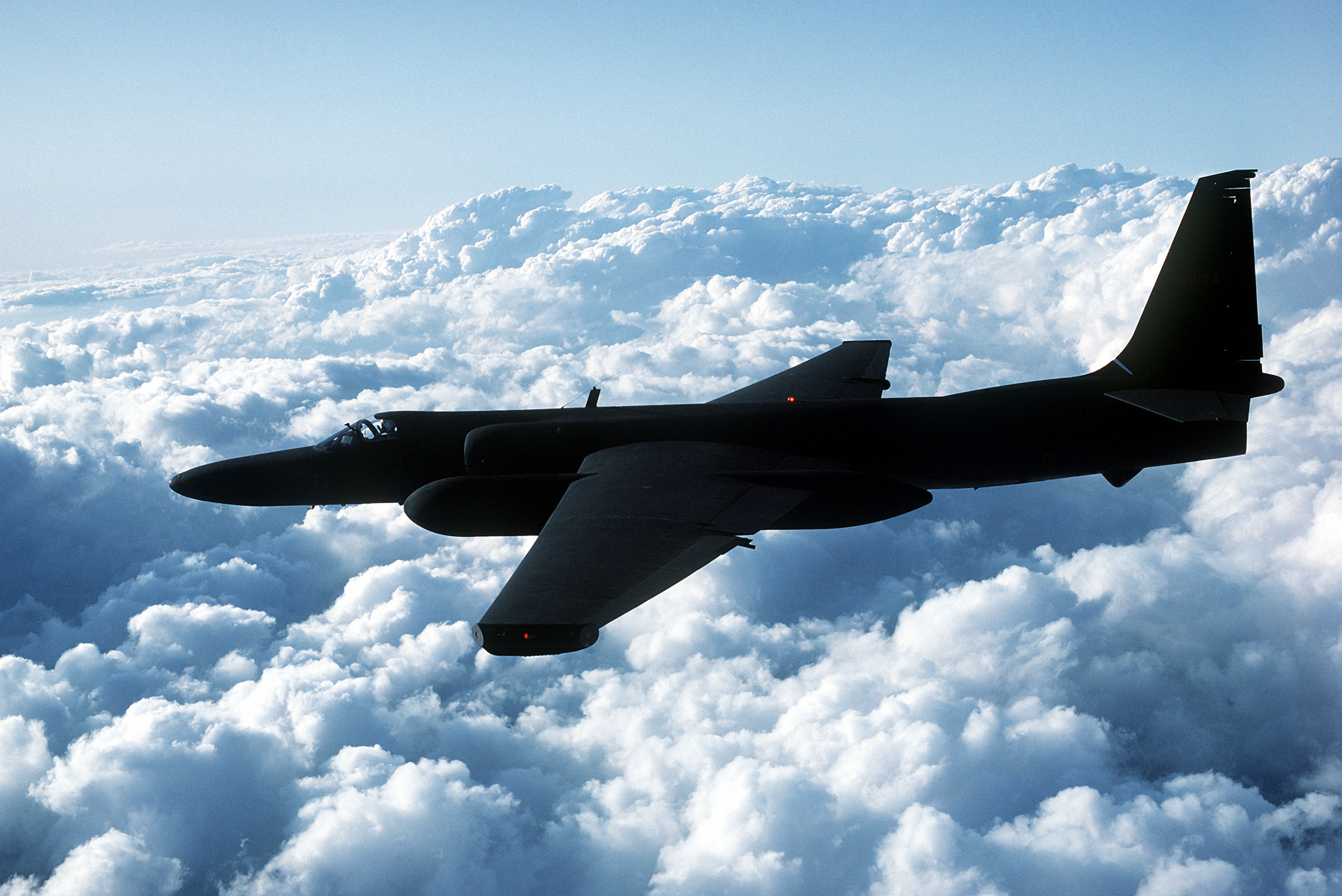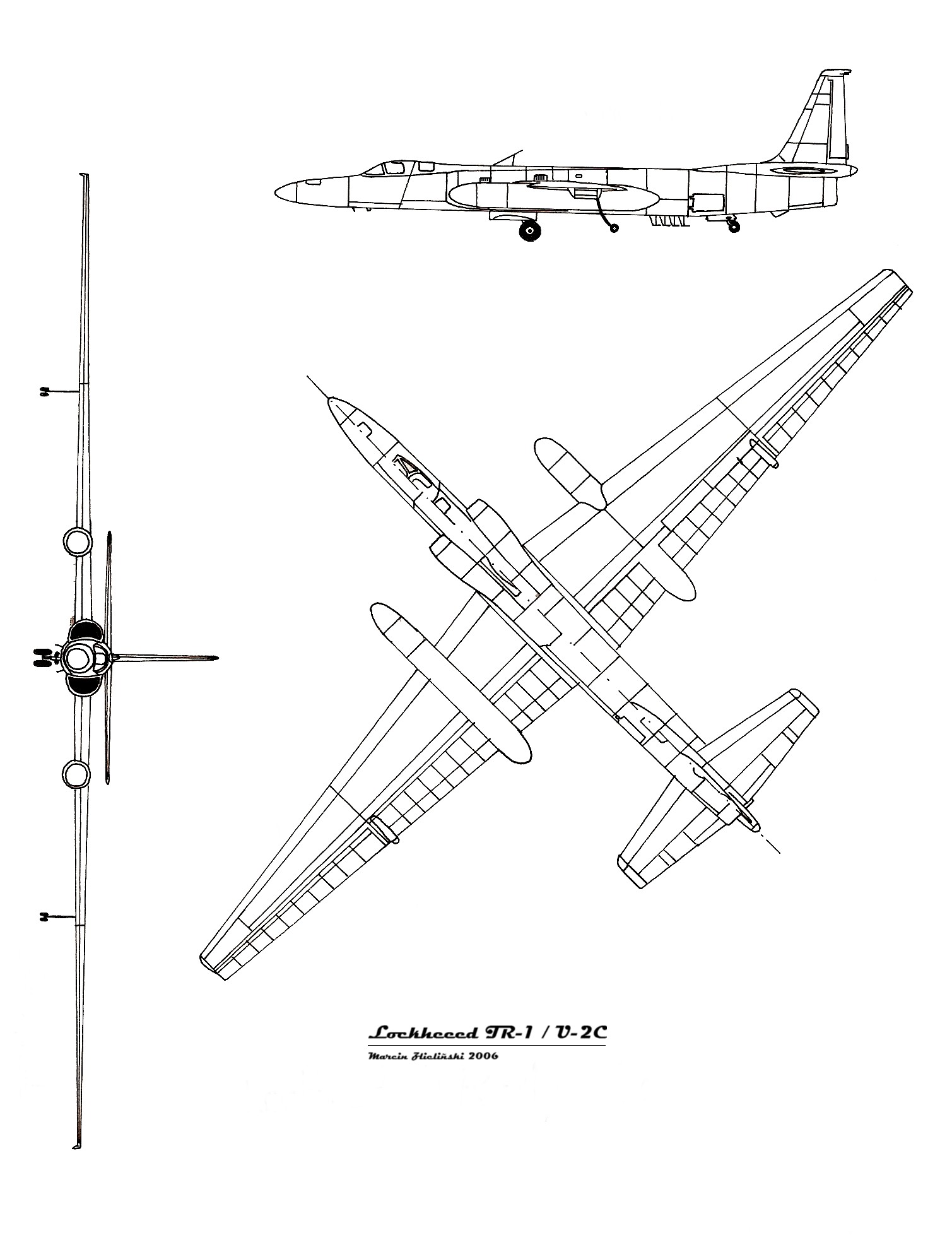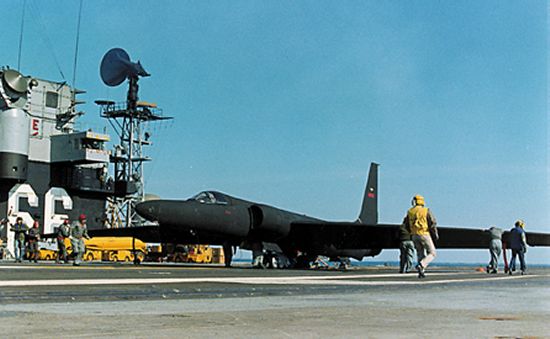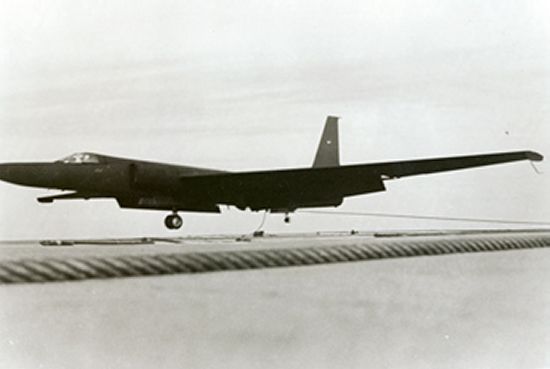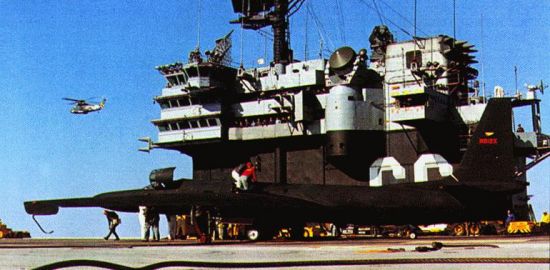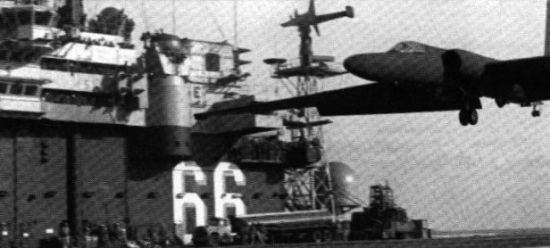Modification of U-2s for Aircraft Carrier Deployment
In mid-1963, the Office of Special Activities set in motion Project WHALE TALE to examine the possibility of adapting the U-2 aircraft for operations from an aircraft carrier [sentence deleted by CIA]
CIA planners believed that, if U-2s could be modified to operate from aircraft carriers, the United States could avoid the political problems involved in seeking permission to base U-2s in other nations. Kelly Johnson [lead Lockheed designer] began working on changes to the aircraft, and Office of Special Activities Deputy Director James A. Cunningham, Jr., a former Marine Corps aviator, asked the Navy for assistance.
The first test of the U-2s capability for carrier operations took place in August 1963 from the USS Kitty Hawk operating in the Pacific Ocean off San Diego, California. A U-2C, which had been loaded aboard the carrier at North Island Naval Base, took off from the flight deck with a full load of fuel and was airborne within 321 feet. No assistance from catapults was necessary. Although the takeoff was very successful, the attempted landing was not. The aircraft bounced, hit hard on one wing tip, and then just barely managed to become airborne again before reaching the end of the deck. Kelly Johnson realized that the airframe would have to be altered in order to make carrier landings possible. These alterations involved strengthening the landing gear, installing an arresting hook at the rear of the fuselage, and fitting "spoilers" on the wings to cancel the aerodynamic lift once the aircraft was over the flight deck. Aircraft thus modified were designated U-2G. While several aircraft underwent these modifications, [several words deleted by CIA] pilots began undergoing training in landing on aircraft carriers. The first successful carrier landing took place on 2 March 1964.
22 September 1998
